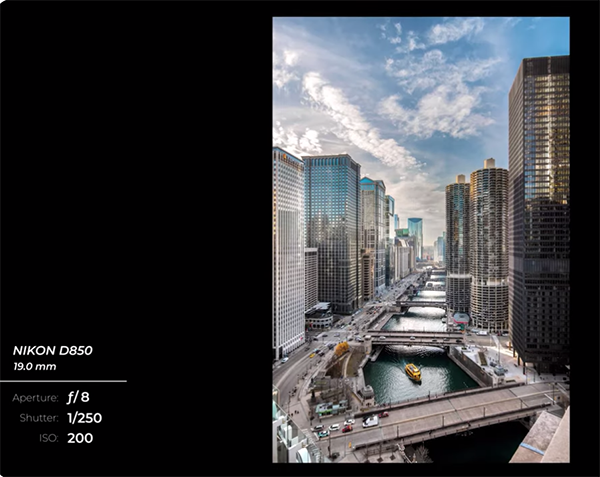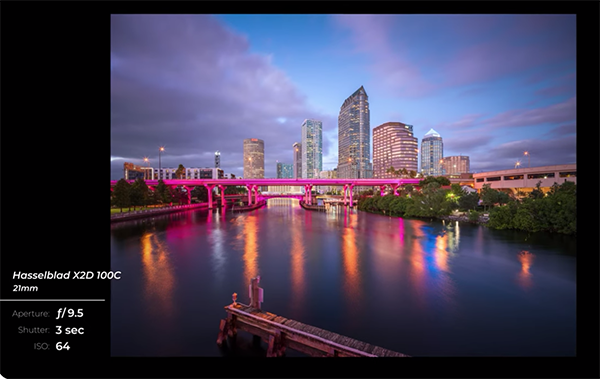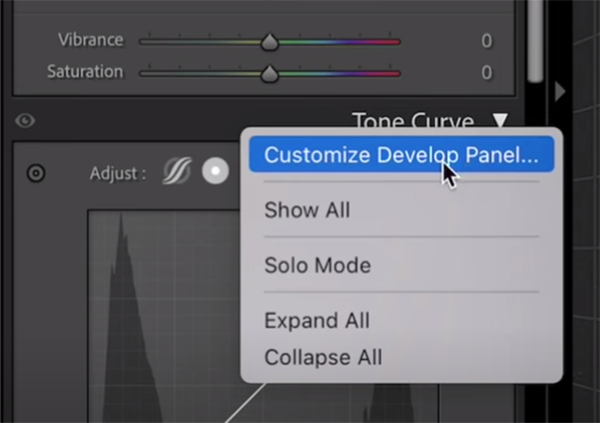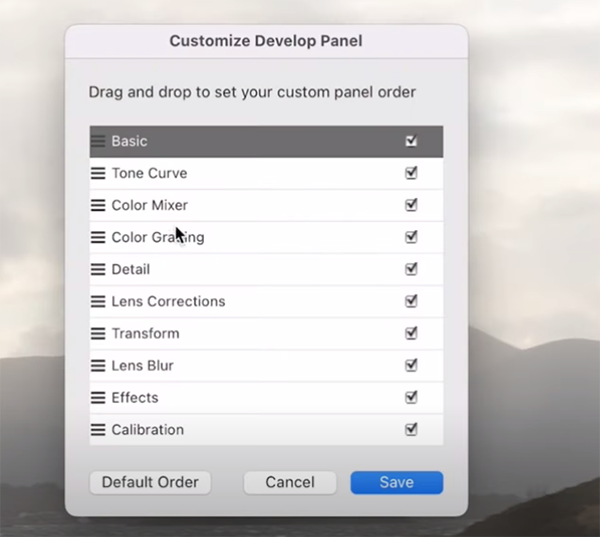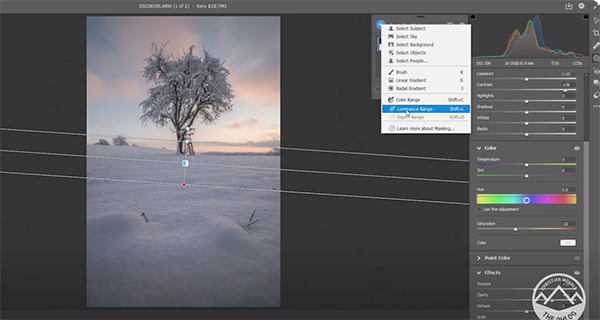Why Your Photos Are SOFT & How to Sharpen Them Up in the Camera (VIDEO)
Do your often shoot images that are soft and blurry, but don’t know why? If so you have a serious problem that needs to be resolved—whether the issue is faulty equipment, improper camera settings, or poor technique. The good news is that today’s tutorial will set you straight and help you capture sharp photos every time.
Instructor Simon d’Entremont is a Canadian pro specializing in wildlife, landscape, and nature photography. In barely 11 minutes he’ll help diagnose your problem and provide several effective solutions so you can concentrate on getting other things right.
Simon breaks down the most common sources of soft photos into five distinct categories: The subject moved while the shutter was open, the camera moved, depth of field is too narrow, you simply missed focus, or your images are noisy and of poor quality. We’ll leave malfunctioning cameras and lenses for another day.

If your subject moved during the exposure “it will streak across the sensor pixels rather than staying in one place” and the camera will record that movement rather than freezing your subject in a moment of time. Simon explains how to identify this as the problem, as compared to other possibilities, in this way: “If your subject is blurry but the rest of the image in the same plane of focus is sharp, then subject movement is the problem.”
You have two primary solutions when this occurs. One is increasing the shutter speed and he offers this guideline: 1/100 for static targets, 1/500 for slow-moving subjects, 1/1,000 for sports or other fast targets, and 1/2,000 for shooting birds in flight.
The second solution is to improve your panning skills, and this is a very valuable technique for nailing focus on a moving subject while blurring the background. This makes a subject really stand out. But as you’ll see, this approach requires modifying exposure, selecting the appropriate image-stabilization mode on lenses with this option, and practicing your panning technique.
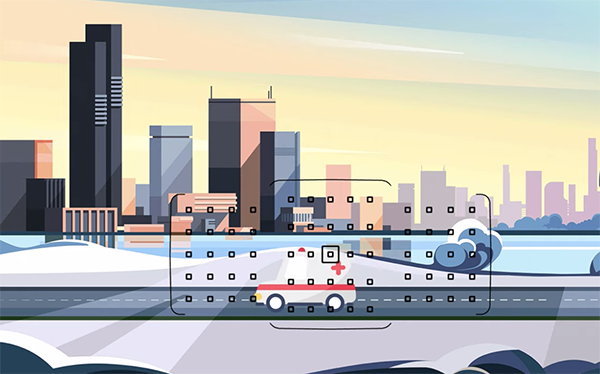
Likewise, camera movement can dramatically cause softness in similar ways. Simon discusses the ramifications of this issue and provides workable solutions as he did when discussing subject movement. As Simon explains, “the tell here is blurriness across the entire scene.” In this case he provides three potential solutions.
The remainder of the video is devoted to the final two considerations, where you’ll how to identify if insufficient depth of field is holding you back, or whether your image quality is so poor and noisy that it’s impossible to get the job done—unless you carefully follow the fixes he provides.
There much more to see and learn by visiting Simon’s popular YouTube channel, so do that as soon as you can.
We also recommend watching the tutorial we posted from another pro who explains how to make the subject of a photo really stand out when shooting outside on a gloomy days.


